Crashed MRH-90 Taipan helicopter had engine upgrade to fix ‘known issue’
The MRH-90 helicopter that crashed killing four crew had its engine inspected and upgraded just months ago to address a ‘known’ issue believed to have caused another MRH-90 to crash in March.
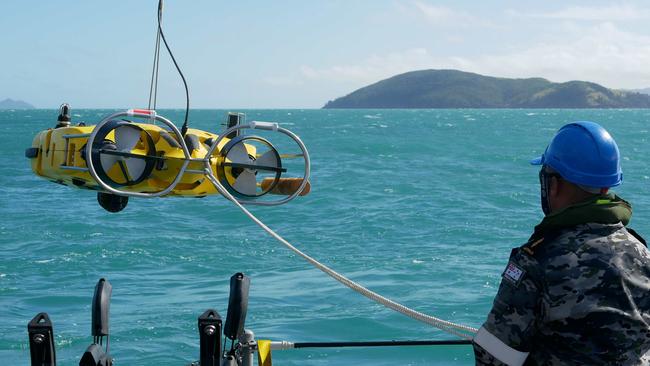
The MRH-90 helicopter that crashed last week, killing four crew, had its engine inspected and upgraded just months ago to address a “known” issue believed to have caused another MRH-90 to crash in March.
The Australian Defence Force allowed the MRH-90 fleet to resume flying in April, just two weeks after one of the helicopters ditched into Jervis Bay, NSW, due to engine failure.
As the recovery operation continues following last Friday’s fatal MRH-90 crash off Hamilton Island, The Australian can reveal the investigation into the March 28 accident has not been finalised.
The fleet was cleared to fly on April 7 based on an interim report, and Defence still refuses to disclose the cause of the Jervis Bay crash.
However, a source said the March accident was “consistent with a known engine failure mode for which a recommended but not mandatory modification was available”.
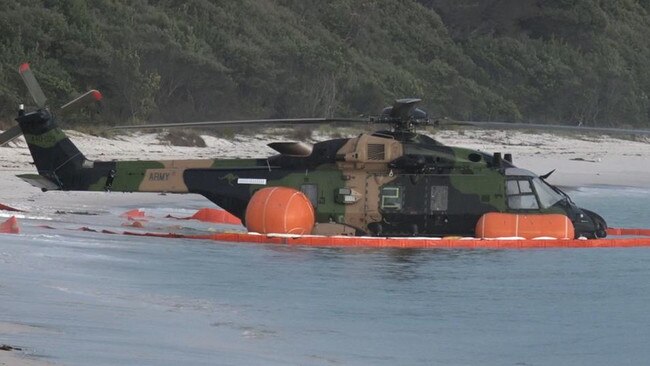
At the time, there were reports that a software upgrade might have prevented the accident.
But The Australian understands all the MRH-90s used by the 6th Aviation Regiment, which operated the helicopter in last week’s “catastrophic” crash during Exercise Talisman Sabre, received engine hardware upgrades.
The search continues for the bodies of Lieutenant Maxwell Nugent, Warrant Officer Class Two Joseph Laycock, Corporal Alexander Naggs and Captain Dan Lyon, but human remains have been sighted by an underwater drone in a “debris field” off Lindeman Island.
There are four investigations under way into the accident: by the Queensland Coroner, Comcare, the Inspector General of the Australian Defence Force, and the Defence Flight Safety Bureau.
Chief of Army Lieutenant General Simon Stuart said this week that the MRH-90s had been allowed to resume service after the Jervis Bay accident “because we’ve understood those issues and we have worked to ensure that we’ve mitigated those risks”.
“We don’t fly if we don’t think it’s safe, and that continues to be the case,” he said.
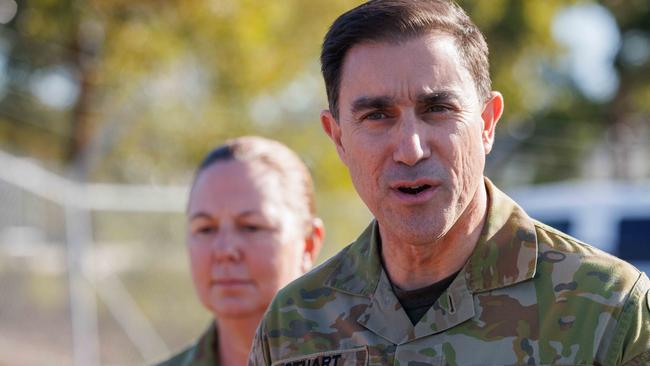
Parts of the helicopter’s main cockpit have been found about 40m below the surface, but weather conditions continue to frustrate those involved in its recovery.
Defence has said the wreckage showed damage consistent with “a catastrophic high impact” when the aircraft hit the water. Sources said the helicopter was believed to be flying at a height on about 60m when it suddenly banked to the left and plunged into the water.
ADF chief of joint operations Lieutenant General Greg Bilton said the aircraft’s black box was still missing, and all communications with the aircraft had been normal before the crash. It is expected to take weeks if not months to determine the cause of the crash.
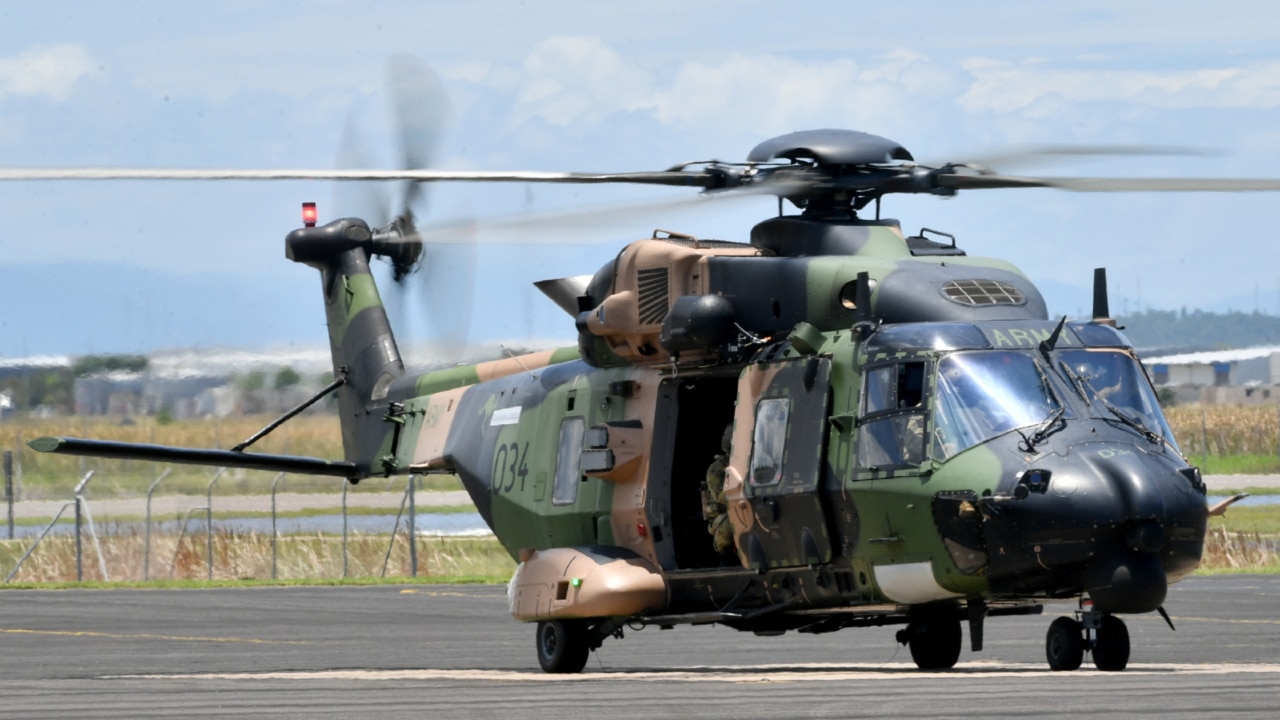
If the cause is found to be mechanical, rather than pilot error, the government will be under enormous pressure to permanently ground its 44 remaining MRH-90 Taipans, given their long history of safety issues since they were first introduced into service in 2007.
The indefinite grounding of the fleet means the ADF is facing a chronic shortage of helicopters, which will directly affect military exercises, operations and training across the army and the navy.
In the Jervis Bay accident, the helicopter plunged into the water during a night-time exercise, forcing the 10 people on board, including special operations forces, to quickly escape the sinking chopper. All survived with just two minor injuries, and the helicopter was recovered.
The two MRH-90 crashes this year follow a raft of other safety problems over the years including dangerous tail vibrations, auxiliary power problems and difficulty manoeuvring in strong winds.
In December 2021, then defence minister Peter Dutton announced the MRH-90 would be phased out 13 years early and replaced by the US Black Hawks.



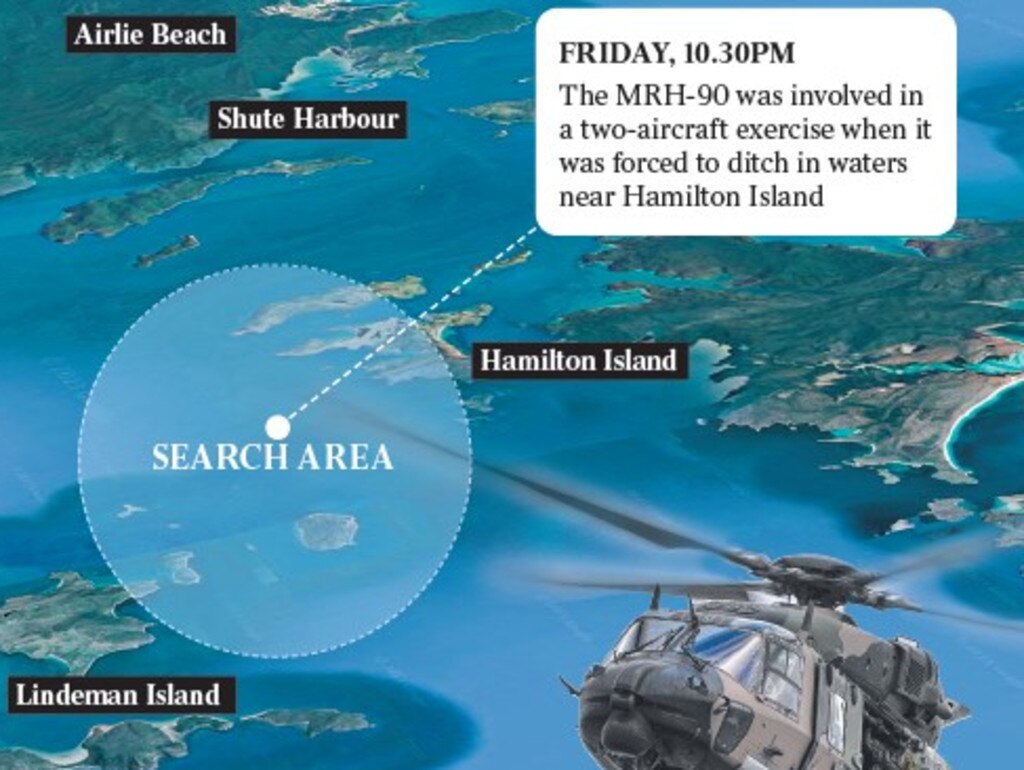


To join the conversation, please log in. Don't have an account? Register
Join the conversation, you are commenting as Logout